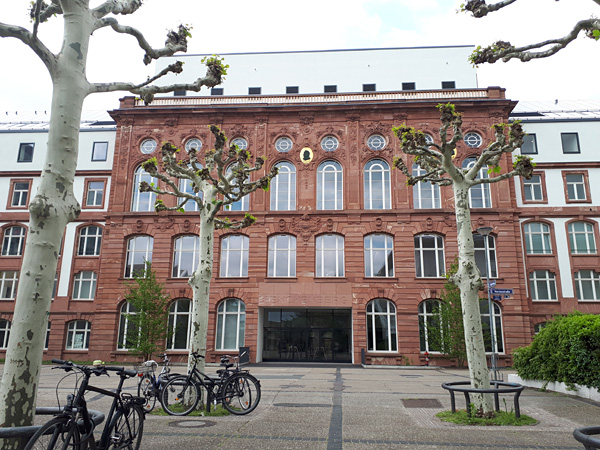Lecanomics – new ways to identify and delimit species of the genus Lecanora
Summary
The project aims to help communication between citizen scientists and lichen taxonomists. It focuses on lichens, pioneering and symbiotic organisms. Despite the fact that lichens are unique, these organisms are not a common object of interest among amateurs and also scientists. Therefore, there is still much to be known about them. Nowadays the tools of molecular biology are eagerly used. They help to discovered new species and to distinguish between those that are morphologically very similar to each other. The particular project task is to provide new methods for amateurs and scientists who do not have access to them. This approach will make species identification more efficient.
What are the assumptions of the project? How is it supposed to contribute to science?
The project focuses on the genus Lecanora, a cosmopolitan crustose lichen. The genus is represented by almost 1000 species. More than 20 specialists and laboratories from around the world are involved in the project. The goal of the entire team is to develop new, more effective genetic markers to divide species into more natural units and to support their proper identification. This work will especially support scientists and amateurs who do not have access to new methods of molecular biology.
Why is the assistance of amateurs crucial for the project?
Amateurs lichenologists who do not have research facilities for genetic analyzes often first collect interesting material. For decades, collections have been kept in private herbaria, waiting for a scientific description. The project intends to make molecular methods accessible to anyone interested in lichen taxonomy. By combining the knowledge of people and the appropriate tools in the frame of the project, issues with Lecanora species identification can be resolved much more efficiently.
Who can take part in the project?
Anyone interested in the project can register via the website. Two language versions are available: English and German. Registration is especially recommended to amateurs of systematics and phylogeny, who focus their scientific attention on the genus Lecanora. During registration, it is possible to select specific fields of interest. If you think that you have a new, interesting or rare species of Lecanora in your collection, please consider sending a photo and data via the portal.
Registration, what's next?
The specialists included in the project are notified via the portal about the interesting specimen. They can also contact the person who registered the specimen and propose to send a sample to DNA sequencing to one of the laboratories participating in the project. As soon as the data becomes available on the platform, both amateurs and scientists receive a notification that they can freely use the data. Interesting results can be shown to the public. The Lecanomics team can also use the collected data for a larger publication. All those who contributed to the acquisition of specimens, data, or participated in the analyzes will be asked for co-authorship of joined publications.
See also the original website dedicated to the project.
We cordially invite you to join the project. Registration is free!

Senckenberg Gesellschaft für Naturforschung (institution coordinating the project).
Photo: E. Mazur.






